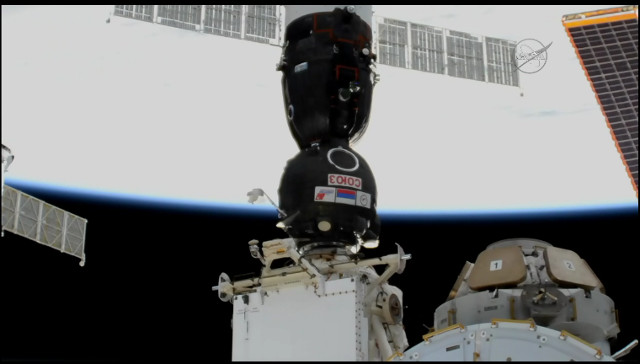
A cocoon after the kilonova
An article published in the journal “Nature” describes a research on the consequences of the merger between two neutron stars observed in the emission of both electromagnetic and gravitational waves. A team of researchers led by Kunal Mooley of the US National Radio Astronomy Observatory (NRAO) used the Very Large Array (VLA) together with the Australia Telescope Compact Array and the Giant Metrewave Radio Telescope in India for three months from the beginning of September to detect the radio waves emitted by the event at the origin of the gravitational waves recorded on August 17, 2017 in the event labeled as GW170817.





